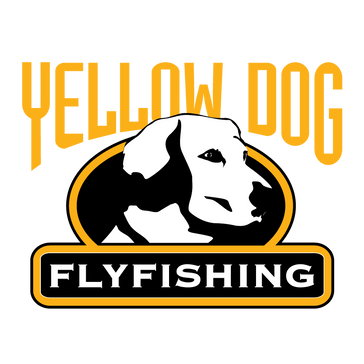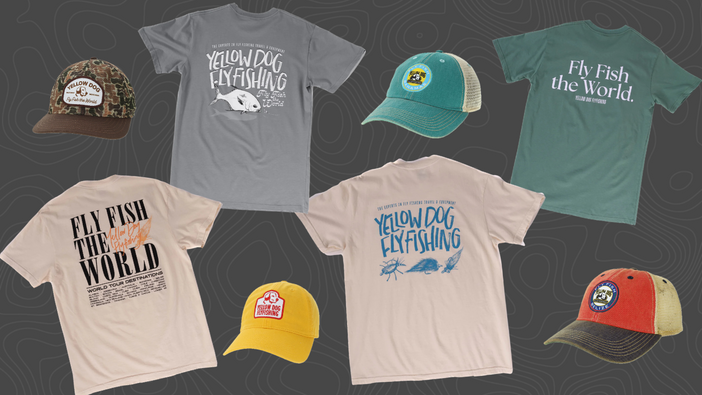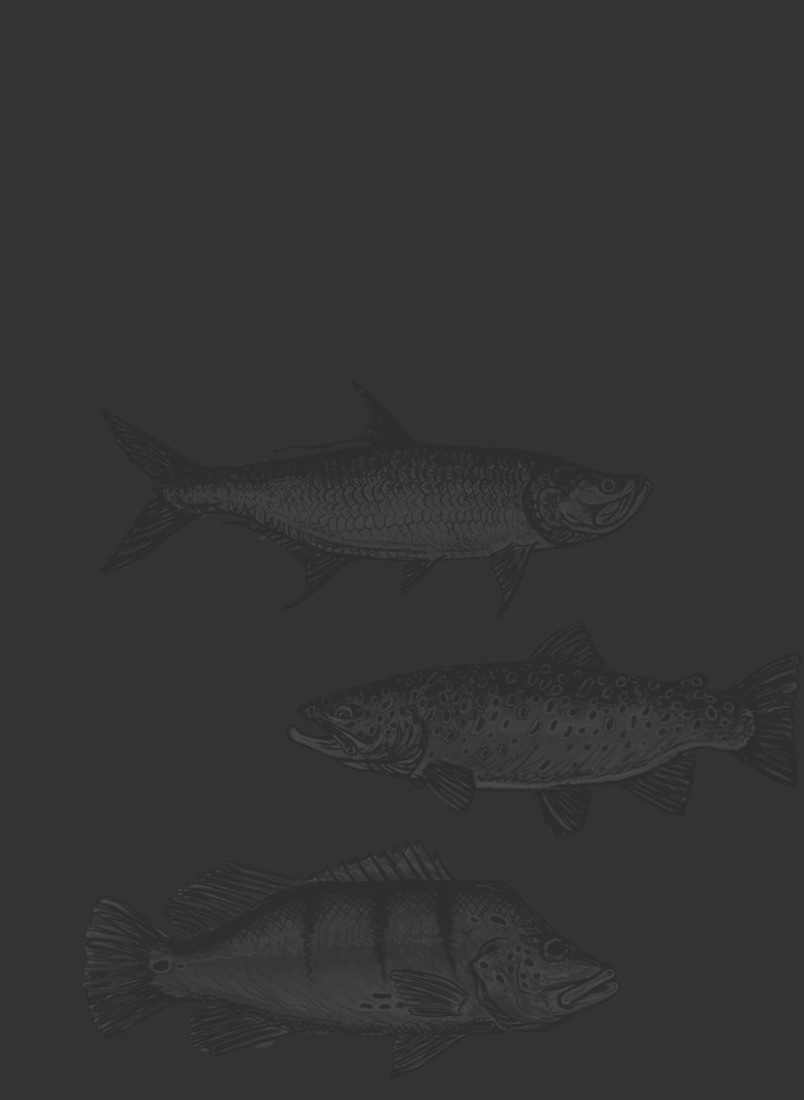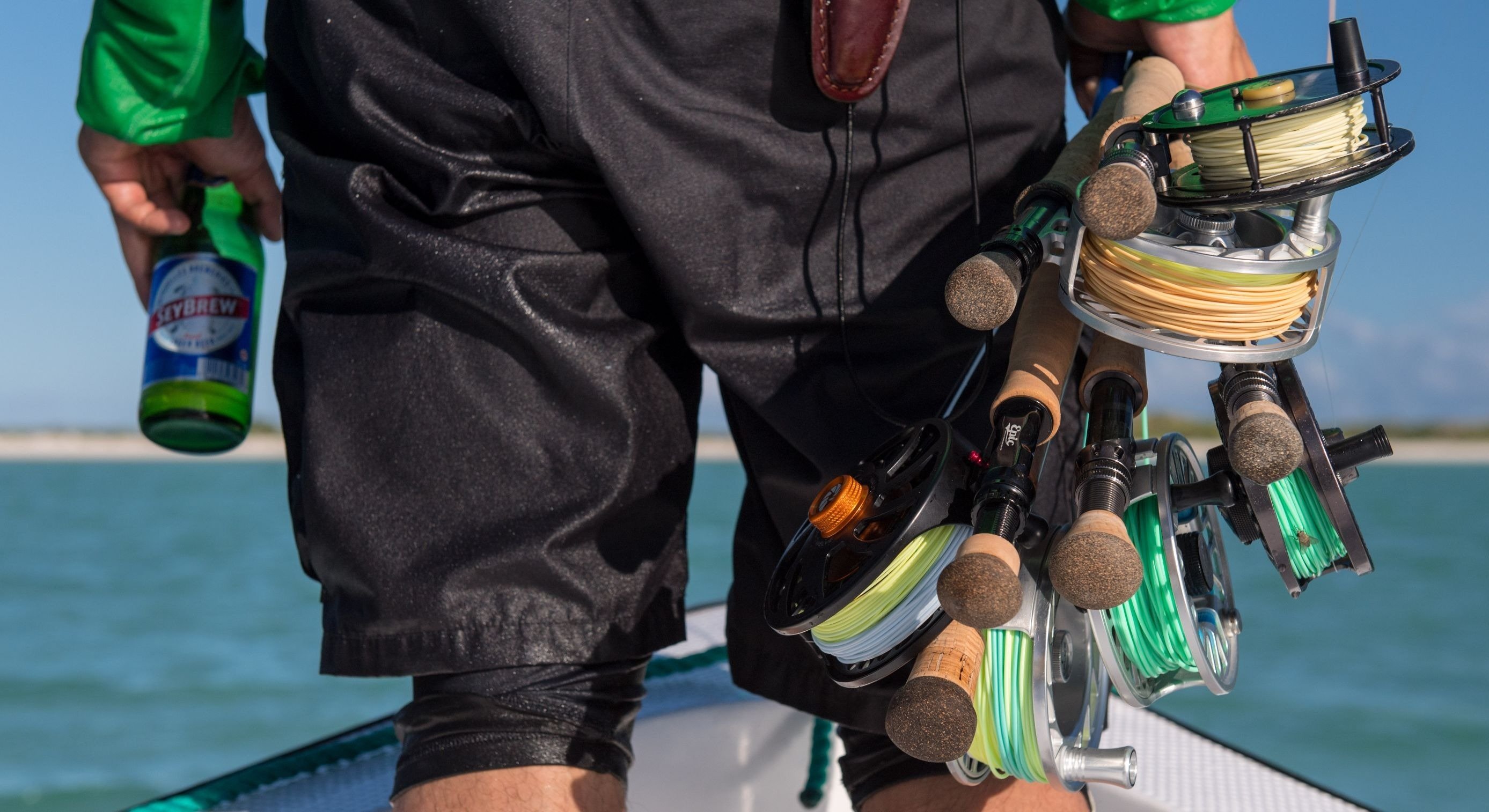The "Land of Fire and Ice" lives up to its name -- a fascinating mix of volcanic peaks and ice fields combining to make up one of the world's most unique landscapes. It is also home to some remarkable freshwater fly fishing where anglers can target sea run browns, Atlantic salmon, large resident browns, and Arctic char. We spoke with Iceland Program Director Josh Mills to get a brief rundown on what Iceland has to offer travelers, the fishing season, what to expect, and more.
First, what type of anglers do you typically recommend Iceland to, and why?
The ideal angler for Icelandic waters is someone who relishes the challenges of trout fishing and is also keen to explore char species. Lake fishing in Iceland presents more challenges than commonly perceived; the Icelandic browns can be very large, especially on Lake Þingvallavatn, though success often hinges on being in the right place at the right time. Conversely, river fishing tends to be more accessible and enjoyable for intermediate trout anglers.
Walk us through the fishing season, and how target species might change throughout that time.
Fishing generally begins soon after the ice melts on Lake Þingvallavatn and its surrounding smaller lakes, typically around April 1st each year. April brings a varied mix of weather, ranging from lingering winter conditions with snow and windy days to the emergence of spring with bright sunlight. It's a time when trout emerge from their winter lethargy and start feeding on juvenile baitfish within casting range from shore.
April also marks the start of the sea run brown trout (Salmo trutta morpha trutta) migration back to the ocean, heralding the short spring sea run fishing season. In May, sea run browns continue to be active, along with resident brown trout at lower elevations.
As late May gives way to June and July, life in the highland regions becomes vibrant with resident char and brown trout feeding first on baitfish and transitioning to insects as summer progresses. August remains a productive month in the highlands, though rivers may have lower water levels posing more challenges compared to June and July. By late August, the fall migration of sea run browns begins, lasting through October, while lakes also produce as browns prepare for their fall spawn.

Many anglers want to fish for sea-run brown trout and Atlantic salmon, what are the primary tactics for these species? Is there a "trophy season" for sea-runs and salmon?
It seems like there might be a misunderstanding about the trophy season for Atlantic salmon. However, for the best chances, mid-July is considered prime time for focusing on Atlantic salmon fishing. Sea run brown trout runs are also good in April and May, and again from the end of August through October, as the fish return for the fall spawn.
What is the dominant approach? Walk and wade, drift boats, fishing from the bank?
The dominant and really only approach is walk wade in Iceland. This can vary between fishing from the bank or wading in generally knee-deep water.

Talk to us about travel to and from Iceland. What sort of travel time should American travelers expect?
It largely depends on where you are flying from, however most major airports have direct flights to Iceland. There are currently direct flights from NYC, Boston, Chicago, D.C., and Denver... so there are no shortage of options. A flight from NYC clocks in at just over 5 hours, which is pretty short considering you're traveling to a European destination.
How is fishing pressure compared to places like the U.S. West?
The fishing pressure is definitely lower than the U.S. due to the restriction on fishing. There is not much for public access in Iceland, meaning if other folks are going to be on a section of river, the guides know about it. The lodges and outfitters have leased land that they have arranged for each season, so you aren't ever going to run into other anglers. This not only manages fishing pressure to keep standards high, but also means solitude on good water.

Do you recommend Iceland for anglers with non-angling partners or friends?
Yes, there is some great sightseeing to be had and lots to see and do outside of the fishing component of Iceland.
Most everything is within, at most, a three hour drive. Reykjavik is an awesome city and the locals are super friendly, but the various volcanoes, fjords, glaciers, and such are epic and I highly recommend even the most committed anglers take a day or two to see some of the local landmarks.
What pieces of gear and apparel are must-haves for Iceland?
Warm layers. Temperatures can change pretty quickly even in the summer months. A base layer like a quick-dry capilene shirt will keep you dry and comfortable. Over that, I recommend an insulated pullover or softshell you can quickly put on and remove. A high-quality jacket is a must, with either a rain shell to go over your jacket, or opt for a heavy-duty waterproof jacket to kill two birds with one stone.
Anglers can rent waders for roughly forty U.S. dollars a day, but I generally recommend they bring their own pair so they can guarantee a good fit. You're on your feet a lot, so having a good pair of supportive wading boots that you find comfortable is important.

Obviously, fly selection can vary by river/lake and season, but are there any staples you aren't leaving home without next time you head to The Land of Fire and Ice?
Streamers -- all of them. Bring a variety, but I found thinner profiles to work the best. Flies like dungeons that push water will work, but I had a slightly higher success rate with streamers that were slimmer. Variety is always a good thing.
At the end of the day, these fish experience much less pressure than many anglers are accustomed to -- so if they are in the mood, they will eat.
Aside from the fishing, what are your favorite aspects of a visit to Iceland?
The scenery and the geology. It is a super unique country with landscapes like no other.






























